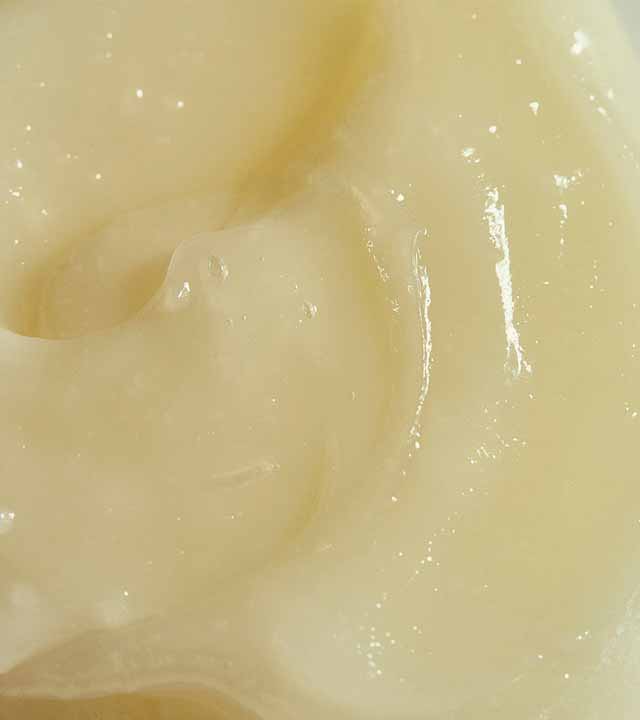3 easy ways to repair a damaged skin barrier
08 April 2024 – 2 min read
Thanks to platforms like TikTok, the importance of protecting and repairing your skin barrier is trending. But what exactly is the skin barrier and why is it so important? Read on to dive in. Plus, learn how our Back In Balance Vitamin B Serum can help you say goodbye to dry, flaky skin and he-llo to a more dewy, luminous complexion.
What is the skin barrier?
The skin barrier, sometimes called the “moisture barrier” or “acid mantle”, is a term used to describe the top layer of skin. Most references to the skin barrier are focused on the very top layer of the epidermis, the stratum corneum.
Why is the skin barrier important?
In short, the skin barrier works to keep the good stuff in and the bad stuff out. The skin barrier regulates water loss from the inside out, retaining moisture and keeping you hydrated. It also protects us from environmental stressors like pollution, harmful chemicals and UV radiation from sun exposure.
Signs of a damaged skin barrier
A healthy skin barrier means a hydrated, even, glowing complexion. But a damaged one can result in some seriously angry skin. Some common signs of a damaged skin barrier include:
- Chronic skin irritation
- Dehydrated, dull skin
- Itchiness or an uncomfortable tight feeling
- Hyperpigmentation
- Redness
- Flaking or rough patches
- Congestion or acne
- Sensitive or inflamed areas
- Bacterial or fungal infections
Though internal factors like genetics and hormones can impact your skin barrier, damage is usually due to external aggressors such as dry weather, sun exposure, allergens, environmental pollution and a big one: over-exfoliation.
How to repair a damaged skin barrier
1. Pare back your skincare routine
Now’s not the time for an intense 10-step routine. In fact, using too many actives and combining ingredients that shouldn’t be mixed are some of the most common culprits of skin barrier damage. Skip retinoids, exfoliating acids and vitamin C for at least a month.
2. Swap in vitamin B
Seek out barrier-building vitamin B (or niacinamide) while your skin is in the recovery stage. Vitamin B helps to strengthen cell walls and increase your skin’s ability to hold moisture. It also helps to balance the skin’s natural oil production and suits all skin types. Enter our Back In Balance Vitamin B Serum, a quick-absorbing formula to soothe and hydrate when skin needs a reset.
3. Seek out broader balance
What goes on internally also manifests on our skin, so lifestyle factors are key to healing and preventing skin barrier issues from making a comeback. Aim for a healthy diet with lots of rich, fatty foods like nuts, fish and fruit, get a good night’s rest and don’t forget to wear SPF every day.












